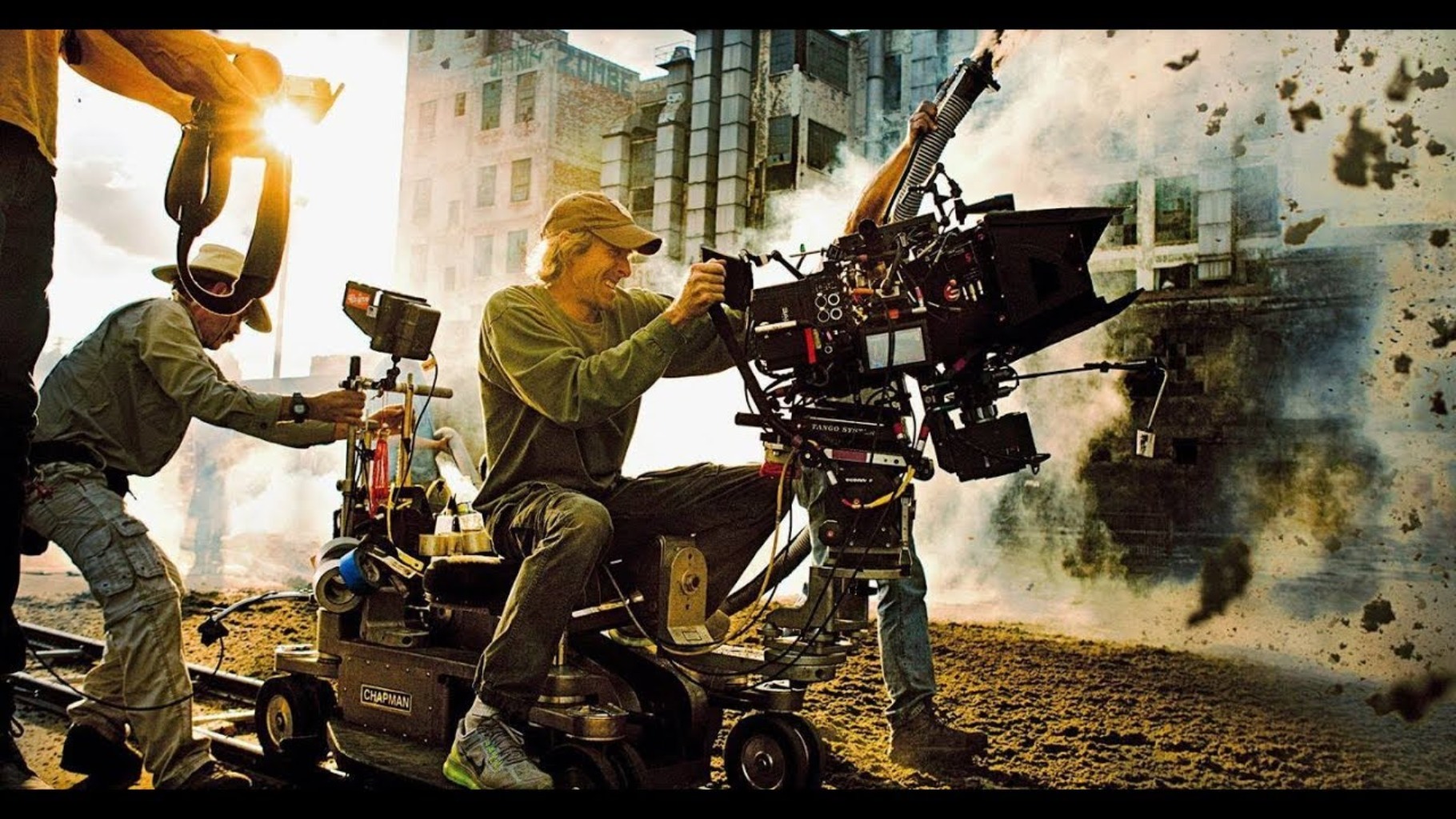Missed part one? Find it here.
There’s a certain rush in hearing a favorite book is becoming a movie. We eagerly pound the title into YouTube’s search bar and click whichever thumbnail claims to be the official trailer.
Opinions formulate within seconds. Emotions then follow.
Her? I never imagined the main character looking like that!
Oh, that’s almost exactly the layout I’d pictured for their childhood home.
That final battle looks ridiculously epic!!!
Within a minute, we’ve been reintroduced to a world we spent hours exploring on paper and unfolding like origami in our minds. However, this world is a new representation and it will inevitably be missing elements.
Hey, Where’d That Character Go?
Not everyone who has engaged in The Lord of the Rings world knows the name Tom Bombadil. He’s the forest-dwelling ‘master of wood, water, and hill’ the hobbits meet, learn from, and lodge with on their way to Rivendell in The Fellowship of the Ring. Yet he makes no appearance in the movies.
Peter Jackson, the director of the film adaptations, apparently excluded the character from the trilogy due to lack of relevance. Though bits of the information, lore, and Middle Earth history Tom Bombadil passed along to the hobbits later became useful. To compensate for the missing character, the content is reshuffled into other exchanges (namely with Treebeard) which alter the original sequence of events.

The difference may feel trivial to some, yet dedicated fans hate to see treasured literature patch worked together and condensed into a two-hour slot. Further, the trouble of missing characters comes through with particular strength in non-fiction.
Bryan Stevenson’s best-selling account of defending death row prisoners, Just Mercy, is one such example. In his book, Stevenson cites case after case of the justice system misjudging and mistreating his clients. We learn the details of real trials that happened all throughout the United States and come to learn the problems are wide sweeping.
Yet the movie adaptation, while wonderfully composed, is only able to focus on a single narrative. While we’re given a powerful glimpse into one man’s pain and confusion, the film excludes many characters and possibly even sacrifices the broader picture.
For deeper appreciation of Tolkien’s rich storytelling and wider understanding of Stevenson’s career findings, one ought to read their work, as the movies are just one representation of the original.
Hollywood Flair
Something happens when a novel becomes a manuscript. As the story makes its way to the studios of California, certain things are forgotten and others are introduced.

Subtleties that existed in the book are lost in translation when lines, mannerisms, and themes are adapted to hit the big screens (and sell tickets). Remember, authors have hours and hours of your time and directors only have 120 minutes. So, in order to make the most of your trip to the theater, film crews ditch the subtle and go big.
The reality is moviegoers love action and drama. So there’s a great temptation (and motive) for movie makers to add or enhance those two elements into any narrative that comes their way. Take The Giver, for example.
Lois Lowry’s timeless middle grade dystopian novel with a twelve-year-old protagonist. The book relies heavily on philosophy (for twelve year olds at least) and is light on drama and action. Hollywood, however, took a different route.
For starters, the script was adjusted to show that the main character and his friends are eighteen (though they’re further aged by actors in their early twenties). The aging helps fan the drama. The protagonist begins a romance that was only hinted at in the books, likely because it’s easier to show a kiss than someone thinking about a kiss.

And what’s a movie without a chase scene? In the original work, our hero is able to slip away from his community at night with little friction. The film adaptation saw this as the perfect opportunity for an intense motorcycle getaway.
While the drama and action made the film more emotive, some of the deeper philosophical trends and propositions were lost in the redirection.
Moving Forward
Yes, you’re allowed to watch the movie before reading the book--it’s perfectly legal.
However, we’d highly recommend the reverse order. When you read the book first you can be sure you’re not missing out on any characters or beautifully clever subtleties.
To help you catch a head start, here’s a roundup of the science fiction film adaptations currently in the making!